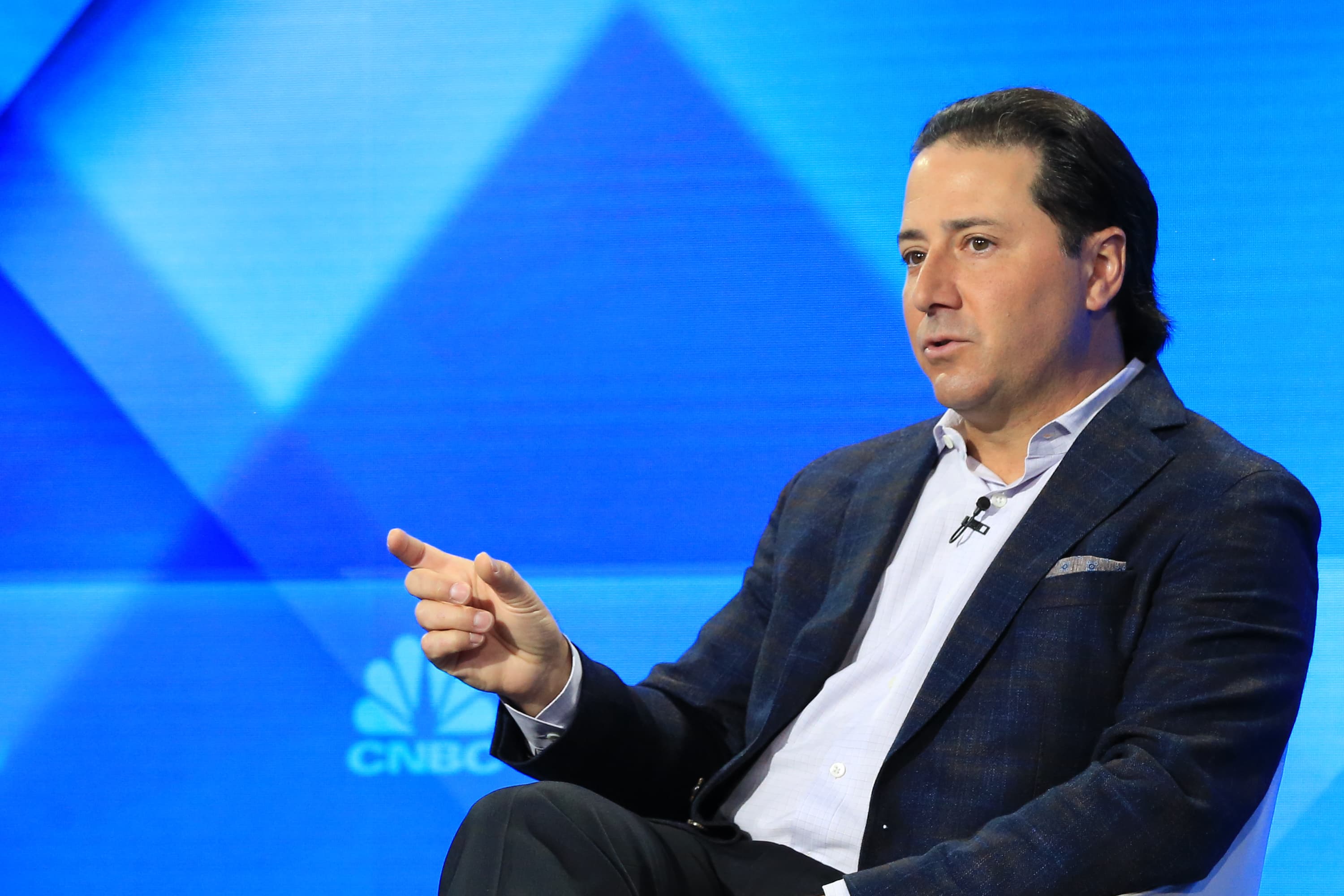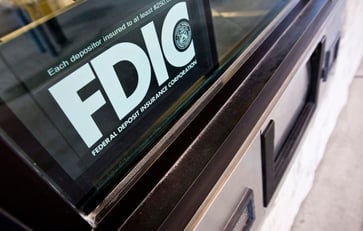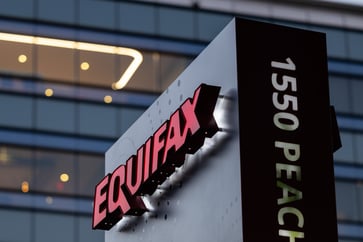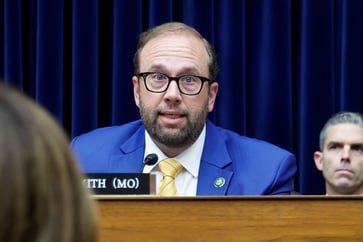The private credit market's growth may be affected when a crisis occurs.

What happens to borrowers during a crisis if the private credit industry has not experienced a significant downturn?
During JPMorgan's Investor Day, Chairman and CEO Jamie Dimon stated that the bank will compete in the migration of assets to the non-bank sector. However, he emphasized that the question that should be asked is what it means for the United States of America.
""Many borrowers who took private-credit loans will be left stranded when [obscenity] occurs, as banks are required to mark-to-market their investments in the middle-market loan crisis," Dimon stated."
He stated that private credit has not experienced high interest rates, recession, or high spreads.
We don't know how those workouts will…work.
The CEO of a major private-credit firm refuted Dimon's recent comments on CNBC, stating that they were false.
"For 30 years, we have been investing in private markets, and a loan is still a loan regardless of whether it is held on a bank balance sheet or in a private-credit fund. Ares has invested $150 billion in the private-credit market since its inception, and our loss rate was only one basis point. Therefore, everything we have seen over the past 30 years suggests that the risk people are trying to argue exists in our market does not exist."

In the CNBC interview, Ares' Executive Chairman Tony Ressler stated that the increase in private credit will decrease systemic risk.
Ressler stated that these assets will be added to the balance sheets of companies that are not highly leveraged and do not rely on short-term liabilities or customer deposits for financing.
Private credit default rates
In January, the Federal Reserve examined default rates in private credit and compared them to loans made by traditional banks, including leveraged loans and high-yield bonds. According to KBRA DLD data, private-credit loans have a relatively low recovery rate upon default (or a high loss given default) compared to syndicated loans or HY bonds, despite their seniority in the debt structure.
On Thursday, KBRA DLD provided updated figures that revealed a more nuanced view of implied recoveries. Specifically, the average post-default value of a direct loan was approximately 53.1%, lower than that of syndicated loans (57.5%) but higher than high-yield bonds (46.3%).
The Fed believes that some of the credit gap is due to private credit exposure being more heavily concentrated in sectors with lower collateralizable or tangible assets, such as software, financial services, and healthcare services.
As private credit grows more quickly, it becomes increasingly intertwined with the traditional banking industry. Investor Day executives announced that the company is the largest financier of private-credit portfolios and has dedicated capital on its balance sheet that it uses in a direct-loan format for corporate borrowers. Additionally, the firm is developing a co-lending program to increase the amount of capital it can deploy in this space.
If the economy experiences a downturn, it's likely that everyone will be affected, with some borrowers feeling the impact more than others.
Investing
You might also like
- In 2025, there will be a significant alteration to inherited IRAs, according to an advisor. Here's how to avoid penalties.
- An expert suggests that now is the 'optimal moment' to reevaluate your retirement savings. Here are some tips to help you begin.
- A human rights expert explains why wealth accumulation is increasing at an accelerated rate during the era of the billionaire.
- Social media influencers are here to stay, regardless of what happens with TikTok. Here's how to vet money advice from them.
- This tax season, investors may be eligible for free tax filing.



















